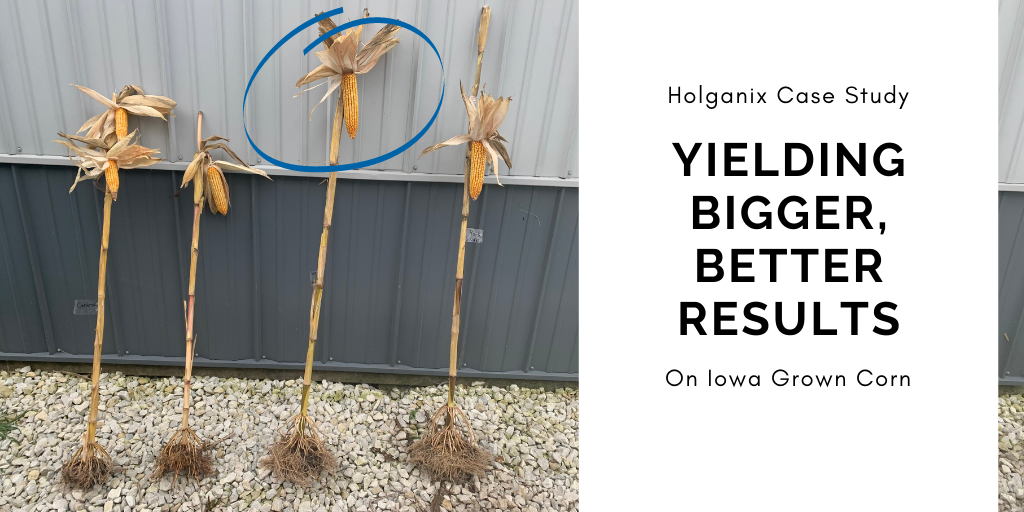.jpg?width=770&height=385&name=Blog%20headers%20%232%20(65).jpg)
According to data from the Agricultural Resources Management Survey, 21% of U.S. growers producing corn, cotton, soybean, and wheat used either no-till farming or strip-till farming yearly.
Additionally, 51% of growers used one of these practices at least once over 4 years.
No-till farming is when farmers avoid tillage altogether. Strip-till farming is when farmers till just a narrow strip into rows where the crop will be planted.
Despite the need to invest in new equipment to practice no or strip-till farming, farmers are gravitating towards both no-till farming and strip-till farming to save money in the long run, increase soil health, and improve their environmental footprint.
In this blog, we jump into the top 3 benefits of using no-till farming and strip-till farming.
1. Increasing Soil Health
According to the USDA, “fields management using no-till farming for multiple years generally have a higher water holding capacity.” This is crucial in drought-prone areas where water shortages are tied to crop loss.
Additionally, adopting no or strip-till farming reduces erosion and soil compaction while increasing soil biological activity and soil organic matter. Soil organic matter is one of the most crucial factors for productive soils and productive soils could lead to increased yields.
2. Reducing Fuel Consumption
Continuous no-till requires less than two gallons of diesel per acre each year, whereas conventional till uses just over six gallons. The reduced fuel consumption means that farmers can save a lot of money when switching to no or strip-till.
The USDA breaks down the savings for an individual farmer. “Let us assume an average off-road diesel fuel price of $2.05 per gallon. If a farmer farming 1,000 acres of crops switches from continuous conventional no-till he or she saves 4,160 gallons of diesel fuel – more than $8,500 worth – each year.”
3. Reducing Labor Costs
In addition to saving money on fuel, farmers who adopt no or strip-till farming practices can also reduce their labor costs. According to the USDA, a “Farmer who plows 15 acres per hour will save roughly 67 hours of work with each eliminated pass over a 1,000-acre field by adopting no-till". Depending on labor costs and equipment maintenance, that could save thousands of dollars each year.
Why No-Till Farming? Hear it from a farmer.
Check out the six-minute video below as farmer Myron Sylling shares his farming journey, including 25+ years of no-till and six years of using cover crops. Initially, Myron became interested in no-till farming to reduce his erosion issues. By using a combination of no-till and cover crops, he has been able to improve his erosion issues by about 90%.
If you are reading this blog via email, click here to watch the video.
Using Microbials to Improve Soil Health
Holganix Bio 800+ Agriculture charges soil with over 800 species of soil microbes to improve plant performance. What does that mean for you?
That means you build soil and root health, adding the benefits of better soil structure to whatever soil type you have. This translates to improved yield on crops, better playability on golf courses, and a reduced need for fertilizers and pesticides on lawns.
Learn more about the science behind Holganix Bio 800+ Agriculture below.

 |
September 24, 2021
|
2:00 PM
|
September 24, 2021
|
2:00 PM
-2.jpg)
-1.jpg)
-1.jpg)
-1.jpg)
.jpg)

-2.jpg)
-1.jpg)
-1.jpg)
-1.jpg)
.jpg)




.jpg?width=770&height=385&name=Blog%20headers%20%232%20(65).jpg)

.webp)
-1%20(1).webp)
-831535-2.webp)



.jpg)
.png)
